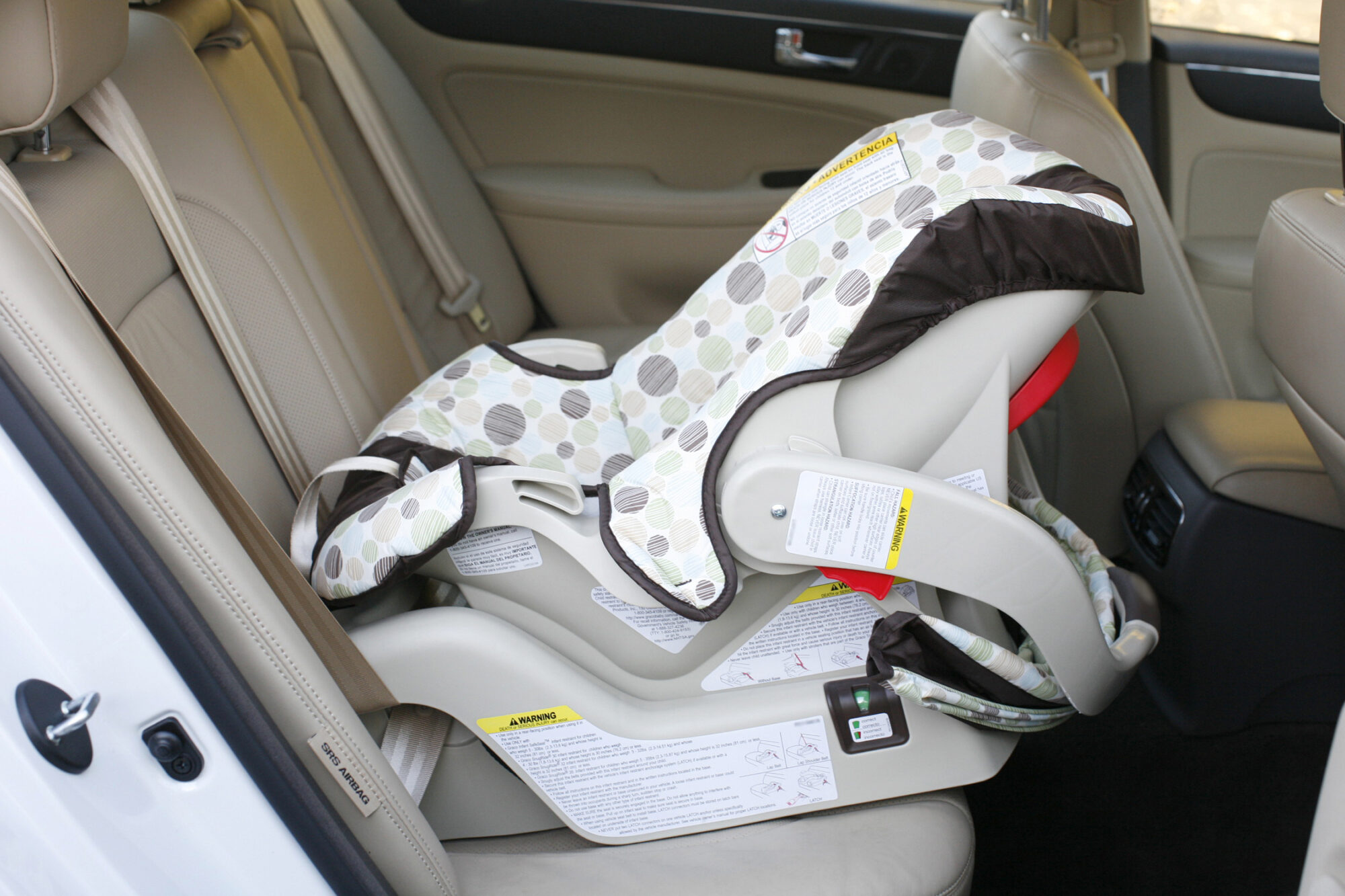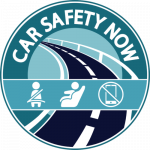Rear-Facing Car Seats
Stage 1: Rear-Facing Car Seats until at least Age 2
Children should use rear-facing car seats in the back seat until at least age 2 and for as long as possible (even up to age 4) to the rear-facing height and weight limits for the seat. If your car seat has a rear-facing weight limit of 22 pounds or less, you should change to a convertible car seat with higher rear-facing limits and keep rear-facing for longer. Leg crowding is expected and okay. It does not cause harm as long as the child is within the weight and height limits for the seat.
Rear-Facing Car Seat Safety Tips

- Infants and toddlers should ride in infant or convertible seats.
- Infants and toddlers should remain rear-facing seats in the back seat until a minimum of age 2, and as long as possible (even up to age 4) to the maximum height and weight limits for the seat.
- Read labels to determine the correct seat for age, weight and height. Maximum rear-facing weight range varies from 22-50 pounds. Check instructions and labels carefully, as weight and height specifications vary.
Seat should be semi-reclined
at approximately 45 degrees when rear-facing; use angle indicator on safety seat.
READ the instruction manual
AND the safety belt/seat section in your vehicle manual for proper installation guidance.
Children should always
ride in the back seat. In some states (including Virginia), it is illegal to place a rear-facing seat in the front seat of a vehicle.
Install infant and convertible seats
tightly in the vehicle—less than an inch of movement
If using a safety belt to install
LOCK the vehicle safety belt to keep it tight—refer to labels on belt, vehicle owners manual, and car seat instruction manual
Safety Restraint Misuses
At least half of safety seats
are unintentionally misused. Partial misuse of a safety seat reduces its effectiveness against severe injuries.
Parents’ top 3 mistakes when installing traditional safety seats include:
- Failure to secure the seat tightly
- Failure to secure the harness straps tightly
- Incorrect positioning of the chest clip
To help guard against misuse, parents should always
- READ seat instructions, labels, and vehicle owner’s manual
- Install the seat tightly (less than 1 inch of movement) & lock the safety belt
- Position the harness straps tightly
For installation help and more information, consider these helpful sites:
- https://www.healthychildren.org/
English/safety-prevention/on-the-go/pages/default.aspx - https://www.chkd.org/Patients-and-Families/Health-Library/Way-to-Grow/Car-Seat-Safety/
- chop.edu/service/car-seat-safety-for-kids
- https://www.safekids.org/ultimate-car-seat-guide/
- https://www.nhtsa.gov/parents-and-caregivers
To find a seat check event:



